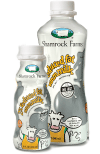Stop with the fad diets already! The only ones that really work are the ones that reduce calorie intake.
As mentioned elsewhere on this blog, I’m dieting. I’m doing it for my physical and mental health. I think those are the two best reasons to get back in shape, no matter what that entails.
I started the diet on May 1 of this year and have lost, as of this morning, 19.6 pounds. I want to lose a lot more. I’ve done it before and I felt great. But then I just got back into my old overeating habits and, over the course of 10 years or so, gained it all back. So now I’m dieting again, taking my body back to 2012. I have about 40 pounds to go, so I’m nearly 1/3 there.
And yes, I did weigh “that much.” I’m 5’8″ tall and I can hide those pounds. But I still have to carry them.
Don’t Be Dumb about Dieting
When I mention to folks that I’m dieting, they immediately respond with recommendations for the various fad diets or techniques they use. It happened just this morning when I went to the clinic to have blood drawn for bloodwork on my annual physical. I had to fast so I was there when they opened at 7:00 AM. I was back home with my first cup of coffee 30 minutes later.
The phlebotomist — that’s the woman in her 30s who drew my blood — said that the only way she can lose weight is to cut out carbs. And because she’s allergic to dairy like milk and cheese, she has trouble getting enough protein.
“Are you a vegetarian?” I asked, not quite understanding.
“No,” she said, “but there are only so many kinds of meat out there.”
I was flabbergasted. This was coming from a medical professional who was certainly young enough to understand how to use Google — just in case the dozens of doctors and nurses around her all day long couldn’t provide advice. (The medical center she works for also has dietitians on staff and I suspect it would cost a lot less for her to talk to them than for me, provided I wanted to wait four months for an appointment.)
I was going to remind her it was all about calories, but then she was done taking blood and wrapping my arm with a gauze pad and what I’ll always think of as vet wrap. I was done and people were waiting. I left.
But it really and truly is all about calories. We eat food that provides energy, which is quantified as calories, to our bodies. Throughout the day, we move, sit, walk, nap, lift heavy things, climb stairs, and maybe even jog or bike or do something really active. All those activities — yes, even napping or vegging out in front of the TV — burn calories. If we eat more energy than we need, our bodies store it as fat. If we use more energy than we eat, our bodies should tap into those fat reserves and burn fat.
I will put myself out there and say this, which I am 100% convinced of: it is not possible to lose weight without reducing calorie intake or increasing activity levels to burn more calories or both. Ask your doctor. I cannot imagine her disagreeing.
Doing the Math
So every day your body is doing math for you. Well, it’s not actually doing the math. It’s just doing what it does. But you can do the math yourself if you keep track of the calories in what you eat and have some way of calculating the calories you burn — like maybe a smart watch or FitBit?
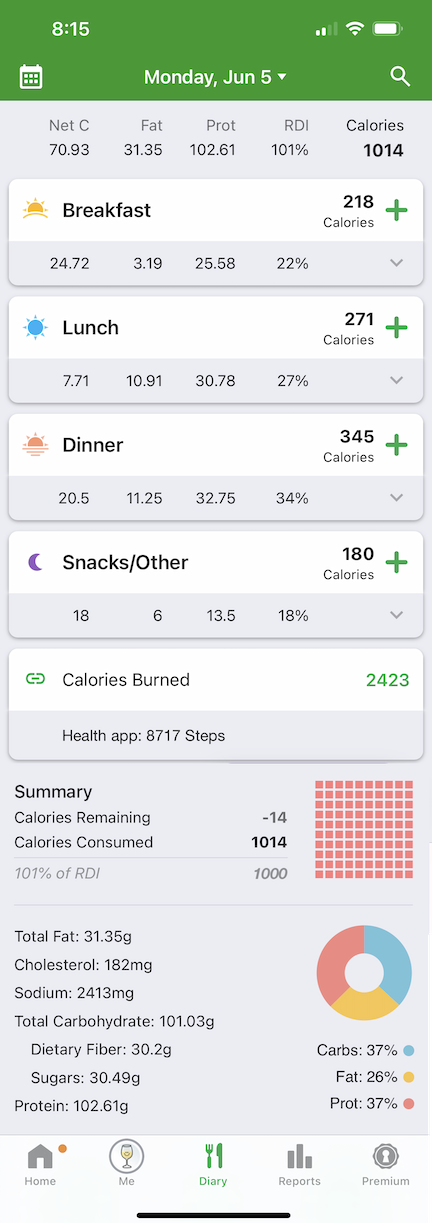
Here’s Sunday in a nutshell: calories consumed, calories burned, and basic nutritional information.
I use a calorie tracker app that’s really easy to use, mostly because it has just about all packaged and chain restaurant food programmed into it. I’m on a diet, so I’m not eating out much. I’m eating food that’s on my diet plan, mostly because its easy and its nutritionally balanced. But I’m also making my own meal once a day and I’m weighing everything that goes into it. I’d say that my daily calorie count is about 90% accurate; that means I’m only off by about 10% if at all. I’m comfortable with the margin of error.
My Apple Watch (series 3, folks; I don’t need more) keeps track of my activity levels — although I honestly think it doesn’t count flights of stairs right. (I definitely climb the stairs more in my home than my watch says I do.) It automatically imports my activity, included my estimated calorie burn, to my phone, which is where my calorie counter app lives. The app gets the data and displays it on my Food page for the day, as you can see in the screen grab here for Sunday, when I was pretty active. I’m not sure how accurate this count is, but I’d say it’s within 25% of what it reports. So if it says I burned 2000 calories, I feel pretty confident that the real number is between 1500 and 2500 calories. I know that’s a big spread, but it’s close enough for me. My goal is for my watch and health app to report a calorie burn of at least 1800 calories a day.
I’m restricting my calorie intake to about 1000 calories. I’m not kidding around here, folks. I want to lose all the weight this summer, before I go back to the boat. For those of you who think this isn’t healthy, understand that the diet plan food is nutritionally balanced — as I said above — and, just in case, I take a quality daily vitamin/mineral supplement for women aged 50+. During the first two weeks, I had occasional days where I felt a bit out-of-sorts, but I’ve been fine since then. Certainly enough energy to get my work done, including more than a few strenuous chores.
The math is pretty simple. According to many reputable sources, 1 pound of weight equals 3500 calories. (And yes, I’m aware that this “rule of thumb” isn’t a foolproof formula for losing weight. If you research this, be sure to focus on what’s said by reputable sources and not the top Google hits, which are sponsored and not reliable.) So using Sunday as an example, I took in 1014 calories and burned 2423 calories. That’s a net of 1409 — I burned 1409 more calories than I took in.
I need to add a few things about this diet that I think are important. The diet plan wants me to eat six times a day. Most meals — the packaged bars and microwavable “hearty” foods — are 90 to 110 calories each. So that’s 500 calories for 5 meals eaten 2 to 3 hours apart. The small portions are hard to keep you feeling satisfied when you first start, but within a week or two, they become enough to keep you from getting hungry until next mealtime. I really believe that spreading the calorie intake over the entire day — rather than “fasting” (which so many people are pushing these days) — prevents your body from going into a sort of “starvation mode” where it might start burning muscle instead of fat.
The final meal — which I usually have midday — is “lean and green”: real food that includes a lean protein like just about any meat in the right portion size and a salad or green vegetable. I do salad and I buy boxes of baby mixed greens and other salad veggies to make it interesting. Low calorie or “lite” dressing. The other day, I had a grilled 4-ounce ribeye steak and a bowl of salad with lettuces, cabbage, cucumber, tomato, raw mushrooms, and a nice balsamic vinaigrette dressing. So I’m not exactly suffering here.
The other ingredient to this diet is water. Drinking lots and lots of water. My “diet coach” claims that the water makes me burn fat, but I’m not 100% convinced it’s as easy as that. I do know that on days when I drink more water, my weigh-ins have bigger ticks down. I drink a lot of plain water and water flavored with Gatorade Zero, which adds electrolytes I might need from working in the heat of summer. No diet soda or juice.
This is basically the same diet I used in 2012 to lose 45 pounds in 4 months. Back then, I didn’t count calories or have a watch that monitored my activity, but I still lost weight. When I was off the diet, my stomach wasn’t expecting those big meals, so it took a few years for me to go back to my nasty, stupid overeating habits and start gaining it all back. I still can’t believe I let that happen; I won’t let it happen again.
And one more thing: could I do this without the diet plan food? Yes, but it would be a lot more difficult. I’d have to come up with five food portions a day that were right around 100 calories each. I’d have to make sure they were nutritious. I’d have to count every calorie for every ingredient in every meal to make sure I wasn’t going over the allowed amount. That would be a lot more difficult than just buying the damn food and eating that.
Weighing In
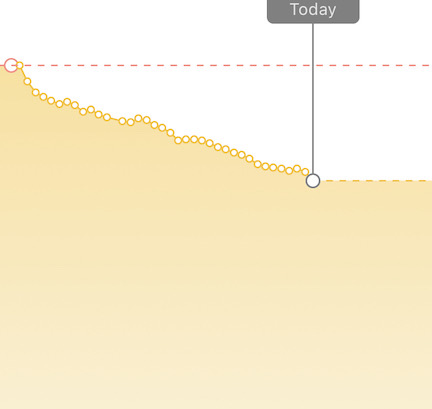
Yes, I cropped out the numbers. But you can see the trend and that’s all that really matters.
My daily weigh-in, which is also on that calorie counter app, tracks my progress and gives me a space to write notes every day. I report when I “cheat” — for example, having street tacos for lunch instead of my “lean and green” meal.
A lot of folks say you shouldn’t weigh in daily, but I don’t care. I do. It keeps me motivated. Watching the scale tick down daily — with the occasional tick back up a tad — helps me monitor my process and see that I’m moving forward.
Why Those Fad Diets “Work”
You might be wondering why the fad diets you’ve tried have worked for you. I can attest to the fact that the Atkins diet worked for me back in 2004; I lost 20 pounds back then and felt pretty darn good. Until I went off it, of course.
Did you ever think about how cutting carbs out of your diet, for example, actually affects calorie intake? Or how fasting twice a week affects the total number of calories you take in for the week? Or how the Atkins diet or Paleo diet or Whole 30 diet fill-in-the-blank diet really affect calorie intake?
And how many of those diets are actually healthy? I think the Mediterranean diet is, but it’s definitely not the kind of diet you’d use to lose a lot of weight quickly. It’s more like the kind of diet you’d switch to when you were at or near your ideal weight to stay healthy and eat right. It seems smart, to me, and, to be honest, it’s kind of how I eat anyway. (I just eat too much!)
And yes, I’ve gotten lots of recommendations about Weight Watchers. I cannot comment on it because I’ve never tried it. But I have to think that any diet that promotes healthy eating in moderation is a good diet. And if it helps you lose weight when you need to, even better.
Going Forward after Meeting My Goal
In my world, it’s all about portion control. I like to eat good food. I don’t eat junk food or fast food, but I’ll have huge portions of an excellent stew (with noodles!) or fresh baked bread or just about anything tasty. I need to eat less of what I do eat. That’s my go-forward once I’m down to my ideal weight.
I never want to do this diet again. I just want to eat smart in moderation. If I do that and stay active, I shouldn’t be in this mess again.
And don’t fool yourself — losing weight and staying fit isn’t about making yourself look good for other people. It isn’t about rail thin supermodels or societal norms. It’s about your health.
Sure, there are plenty of fat people who live long lives, but are they physically able to make the most of those lives? Do they have nagging health issues that hold them back? Bad knees, shortness of breath, stomach issues? Who wants to be like that?
I don’t.

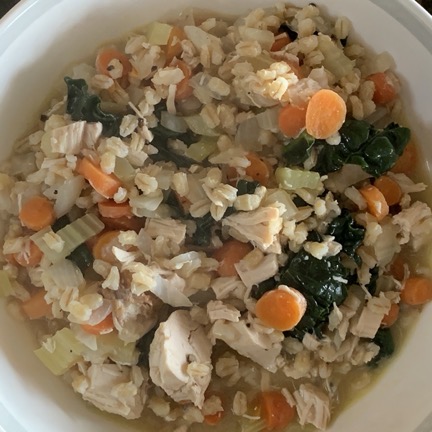

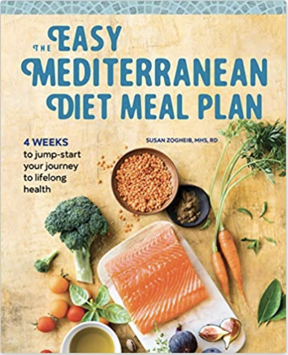

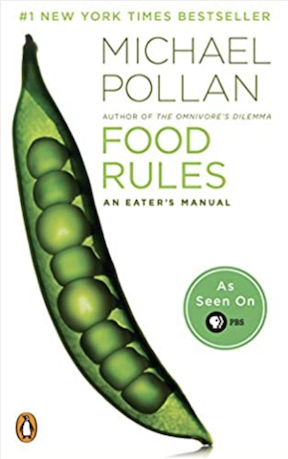
 The
The 
